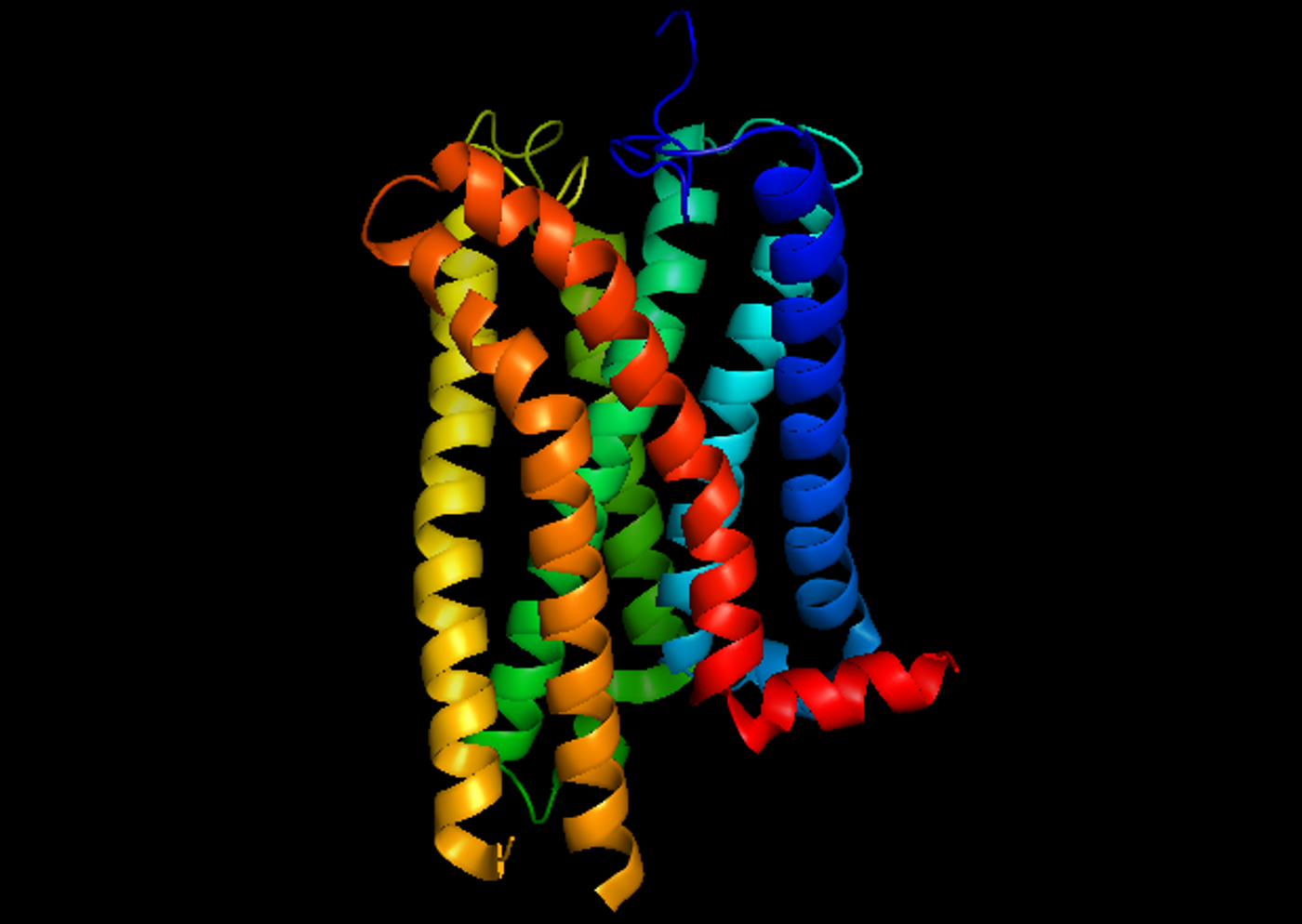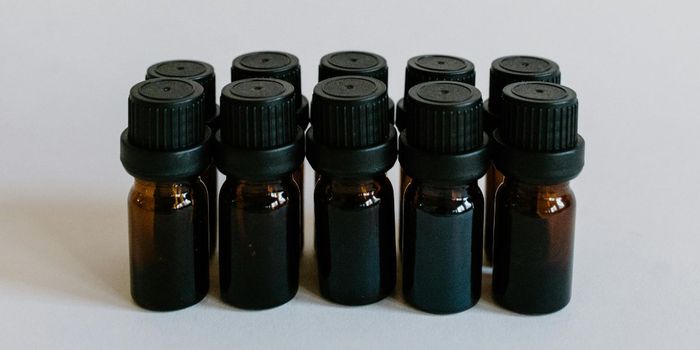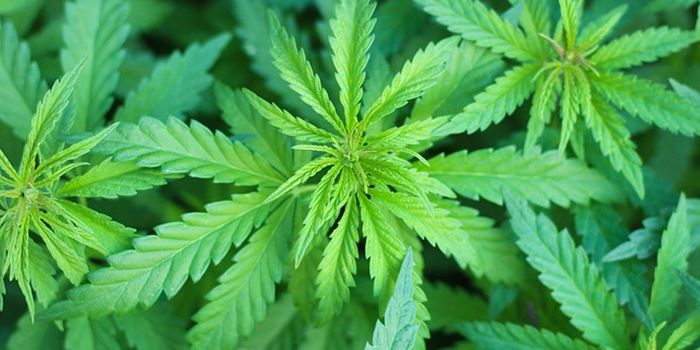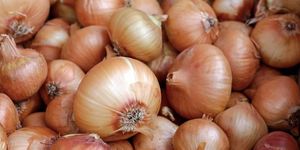The Synergistic Mystery of the Entourage Effect
The entourage effect is a much talked about characteristic in cannabis use attributed with the unique psychoactive effects associated with various strains amongst the cannabis community. The three broad categories of cannabis subs species most consumers are familiar with include indica, sativa, and hybrid strains. And while the endocannabinoid system and the cannabinoids that interact with this part of the central and peripheral nervous system are well studied, there remains a mystery of how cannabis strains with specific terpene profiles results in unique highs comparatively across strains and more broadly across their sub species.
To date, it is known that THC acts as a full agonist at the CB1 receptor, the cannabinoid receptor associated with the central nervous system responsible for the psychoactive high upon consumption of THC. In short, this means that these receptors are activated when THC binds to its binding pocket, a.k.a. its active site. The result is a release of neurotransmitters flooding the synaptic cleft sending electrochemical signals to the preceding neurons. In any normal case scenario, the CB1 receptor would release an endogenous ligand which would in turn deactivate the CB1 receptor from functioning further allowing its associated neuron to repolarize and await the next axon potential to start the process over again. THC however binds with high affinity to CB1 receptors inducing activation, delaying the cessation of neurotransmitter release and ultimately the prevention of repolarization of its associated neuron thus inducing a psychoactive high until THC is finally released and further metabolized for excretion.
So, if THC is responsible for the interruption of normal of CB1 functionality, what is the cause of reportedly different experiences resulting from the consumption of different cannabis strains? A research group in New Zealand at the University of Otago sought out to unravel this mystery of cannabinoid and terpene/terpenoid synergy effects.
Figure 1: 3D rendering of cannabinoid receptor 1 (CB1) associated with the central nervous system (CNS)
David Finlay et al. published a study in the journal, Frontiers in Pharmacology on the binding properties associated with cannabinoids in the company of five of the most common cannabis terpenes; myrcene, alpha pinene, beta pinene, beta caryophyllene, and limonene. After conducting radioligand binding studies on CB1 and CB2 activation from exogenous and endogenous cannabinoids in conjunction with the above listed terpenes, the group ultimately discovered more questions than answers. The results of this study showed that the presence of terpenes/terpenoids had no effect on the binding interactions of d9-THC, CBD, and 2-arachidonylglycerol (an endogenous cannabinoid produced naturally by the body) to CB1 receptors. Specifically, orthostatic (direct binding of a ligand to the active site of a receptor) or allosteric (indirect binding of a ligand to a receptor) binding of terpenes/terpenoids was not observed.
What the group was able to determine is that the entourage effect that has been reported numerous times across consumers of cannabis is not mediated by terpenes/terpenoids at the endocannabinoid system at all. Now, this is not to say that the entourage effect is not substantiated or that it is a placebo effect, rather this indicates A) terpenes/terpenoids may very well likely induce an entourage effect through different receptors and/or neural receptor systems unrelated to the endocannabinoid system, and B) highlights just how little is known about the pharmacodynamics/kinetics of cannabinoids and terpenes/terpenoids. As such, the hunt continues to elucidate the source of this mysterious synergy brought on by cannabis metabolites unique to each strain.
Understanding Cannabis, Terpenes, Strains and the Entourage Effect









